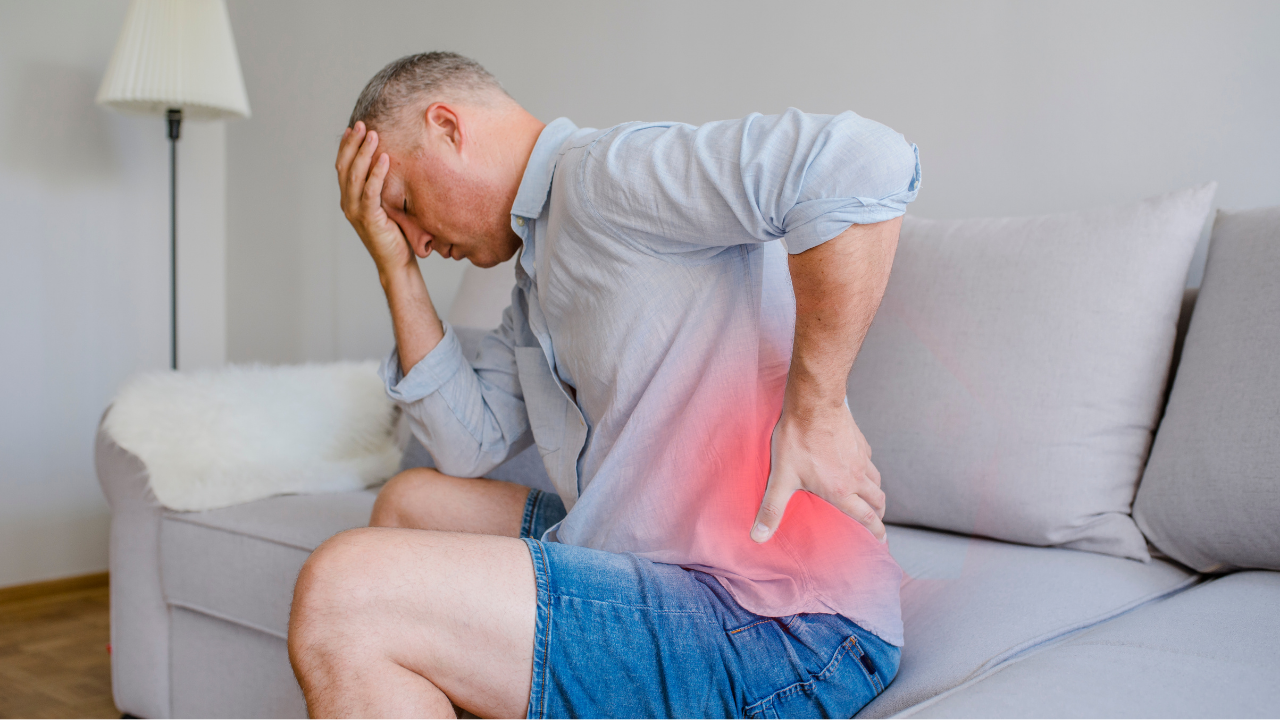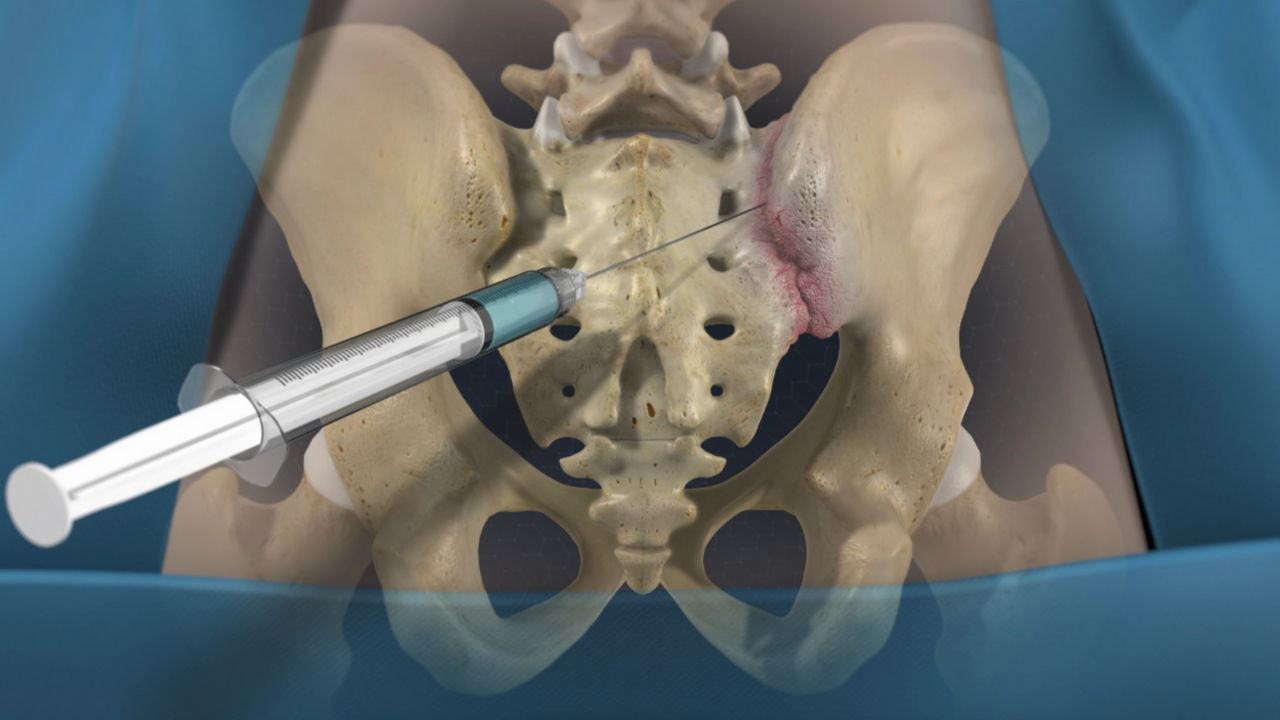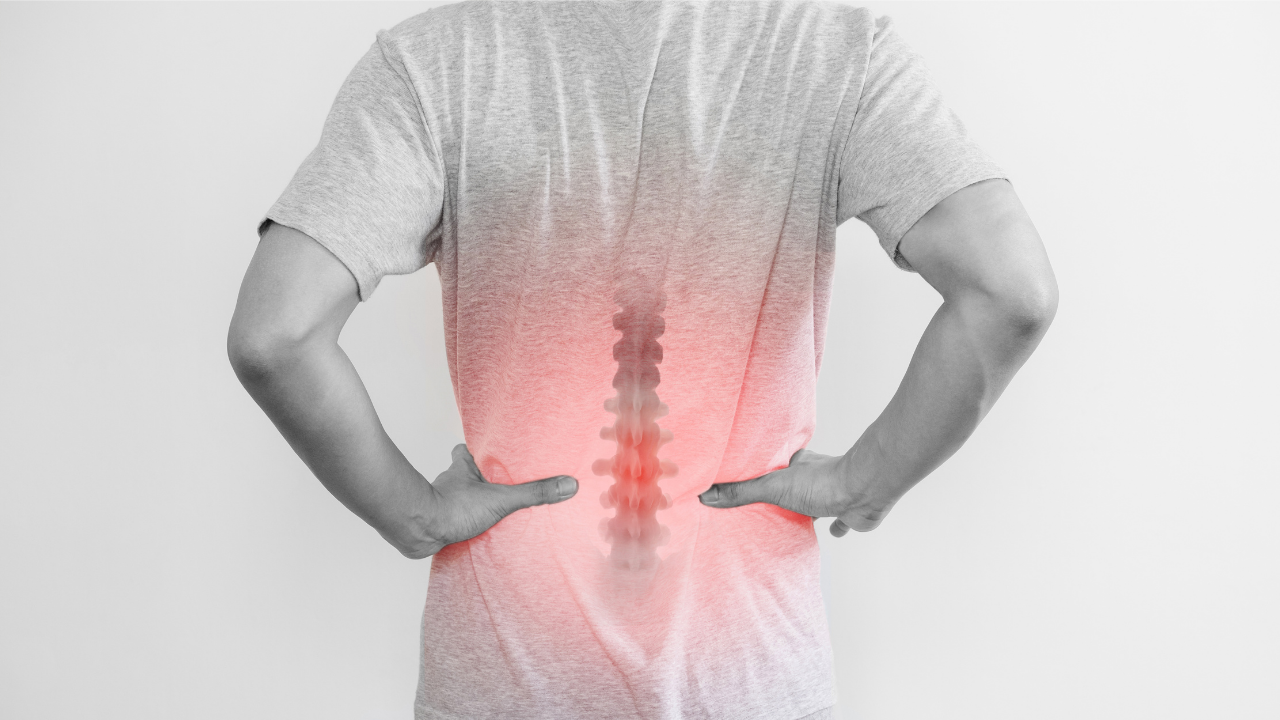
How Can Spinal Cord Stimulation Help Patients With Chronic Back Pain?
Spinal Cord Stimulation (SCS) is an advanced, non-opioid treatment designed to manage chronic back pain by delivering mild electrical pulses to the spinal cord. These pulses interfere with pain signals before they reach the brain, providing long-term relief for patients who have not responded to conventional treatments.
Who Can Benefit from Spinal Cord Stimulation?
SCS is recommended for patients experiencing:
- Chronic Back Pain: Particularly for individuals who have not found relief with medications, injections, or physical therapy.
- Failed Back Surgery Syndrome (FBSS): Persistent pain despite one or more spinal surgeries.
- Neuropathic Pain: Pain due to nerve damage, including conditions such as sciatica or diabetic neuropathy.
- Complex Regional Pain Syndrome (CRPS): Chronic pain affecting a limb or other body parts, often triggered by nerve injury.
- Non-Surgical Candidates: Those seeking an alternative to spinal surgery due to medical conditions or personal preference.
- Post-Laminectomy Syndrome: Pain following spinal decompression surgery that has not resolved despite treatment.
- Peripheral Neuropathy: Damage to peripheral nerves leading to chronic pain, burning, or tingling sensations.
- Spinal Stenosis: A condition where the spinal canal narrows, compressing nerves and leading to persistent pain.
How Does Spinal Cord Stimulation Work?
- Trial Phase: A temporary electrode is implanted near the spinal cord to assess its effectiveness in reducing pain.
- Permanent Implantation: If the trial is successful, a small pulse generator is implanted under the skin, usually in the lower back or abdomen.
- Adjustable Pain Relief: Patients can control their stimulation settings using a remote device to optimize pain relief.
Benefits of Spinal Cord Stimulation
- Long-Term Pain Relief: Provides significant and sustained pain reduction for patients who have exhausted other treatments.
- Minimally Invasive Procedure: Avoids major spinal surgery, reducing recovery time and surgical risks.
- Reduced Medication Dependence: Many patients can lower or eliminate their need for opioid pain medications.
- Adjustable Therapy: Patients can modify stimulation settings based on their pain levels and activity.
- Improved Mobility & Quality of Life: Enhanced ability to perform daily activities with less discomfort.
- Reversible Procedure: The device can be removed if it does not provide adequate relief.
- Compatible with Other Treatments: SCS can be used alongside other pain management strategies, such as physical therapy or medication.
What to Expect After SCS Implantation
Recovery Timeline:
- First Few Days: Mild soreness at the implantation site.
- 2 Weeks: Gradual resumption of normal activities.
- 4-6 Weeks: Most patients experience noticeable pain reduction.
Alternative Pain Management Options
For those not suited for SCS, other treatments include:
- Radiofrequency Ablation (RFA): Uses heat to disrupt nerve pain signals.
- Peripheral Nerve Stimulation (PNS): Similar to SCS but targets peripheral nerves rather than the spinal cord.
- Epidural Steroid Injections: Anti-inflammatory medication to reduce nerve pain.
- Physical Therapy: Strengthening exercises to improve mobility and manage pain.
- Medication Management: Non-opioid pain relievers, muscle relaxants, or nerve pain medications.
Frequently Asked Questions (FAQs)
1. Does the procedure require hospitalization?
No, both the trial and permanent implantation are outpatient procedures.
2. Can I undergo MRI scans with an SCS implant?
Many modern SCS devices are MRI-compatible, but you should check with your doctor.
3. How long does the battery last?
Rechargeable models last 7-10 years, while non-rechargeable versions may need replacement every 3-5 years.
4. Can I control the stimulation level?
Yes, you will receive a remote control to adjust the intensity and location of stimulation.
5. Is the procedure painful?
Patients may experience mild discomfort, but local anesthesia minimizes pain.
6. How soon can I return to work?
Many patients resume work within 1-2 weeks, depending on their job and pain levels.
7. What happens if SCS doesn’t work for me?
The device can be removed, and alternative treatments can be explored.
8. Where can I get Spinal Cord Stimulation in San Antonio?
Vertex Pain Physicians specializes in advanced pain management, including SCS. Contact our pain management clinic in San Antonio to schedule a consultation.
Medical Disclaimer
This article is for informational purposes only and is not a substitute for professional medical advice. Consult a qualified healthcare provider for diagnosis and treatment recommendations.





